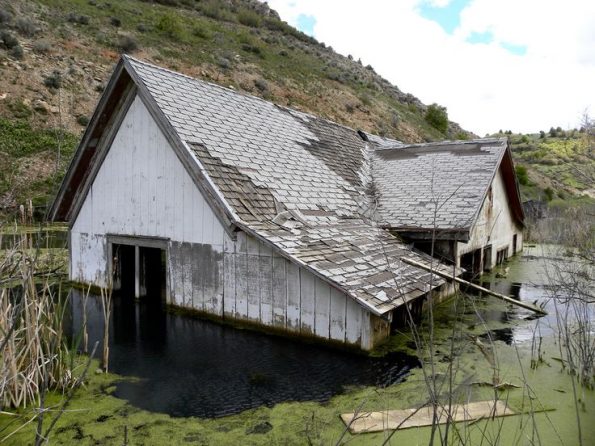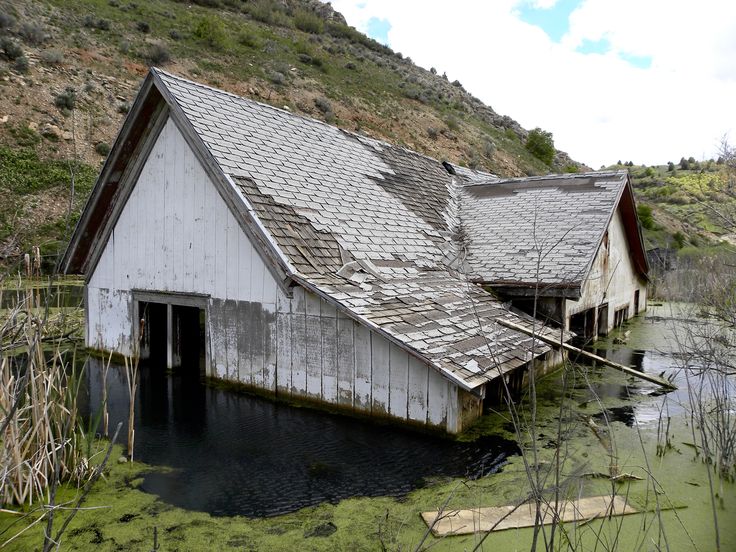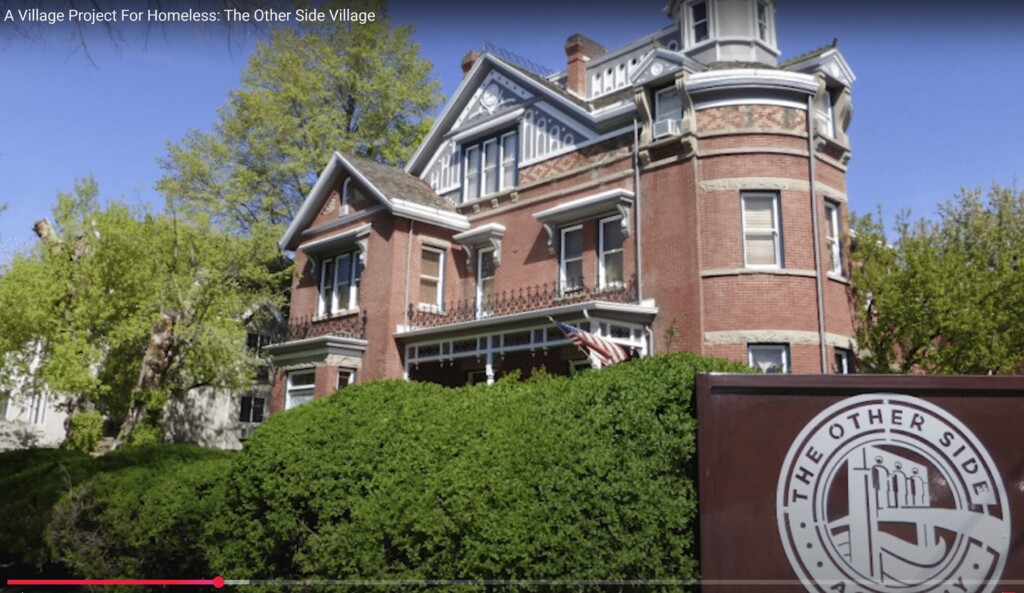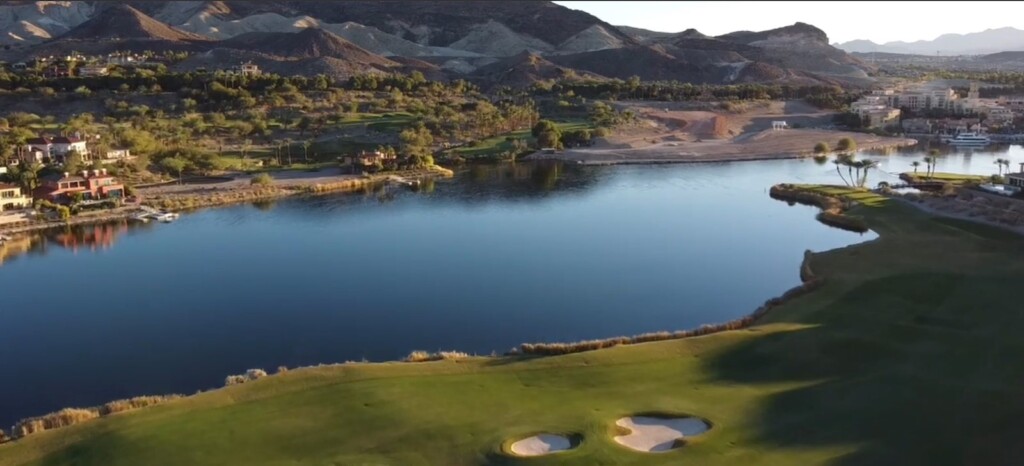
Most Utah road warriors know about the Cache Valley Cheese Factory in Beaver, and the historic Cove Fort in Millard County, where travelers of a bygone era once stopped for shelter, fresh water and livestock feed, but here are four lesser known Utah roadside attractions you may not have heard of:
Gas Station Petting Zoo, Scipio
If you have children in tow, you’ll want to check out the gas station petting zoo off I-15 in Scipio, at the Eagles Landing Flying J., where visitors range free amongst goats, sheep, chickens and rabbits. More exotic animals, such as alpacas, ostriches, zebras and a camel can be petted through fenced enclosures. Best of all, the zoo is free.
Wash the animals off your hands afterward with the gas station’s restroom sinks and famous high-pressure hand dryers, then head over to the station’s Dairy Queen for some ice cream before returning to the summer heat.
First Lady Dolls, Vernal
The Uintah County Heritage Museum in Vernal houses a unique collection of First Ladies of the White House dolls. The collection, which dates back to as early as 1975 to celebrate the county’s bicentennial, includes likenesses from Betsy Ross to Nancy Reagan, all wearing dresses matching those actually worn by their corresponding first ladies.
Sculptor Phyllis Juhlin Park retired before more recent first lady dolls could be completed. Park carved the heads and attached them to sewn sawdust-filled bodies.
The museum is located right on I-40 on Main Street in Vernal.
Thistle Ghost Town, Utah County
You can see the forlorn remains of the abandoned town at a US-6 rest stop near the US-89 intersection. Thistle was built on a trade route originally used by Native Americans before Europeans arrived and forced them out in the 1870s. Most settlers who moved to Thistle were railroad employees for the Denver and Rio Grande Western Railroad.
In 1983, a giant landslide dammed the Spanish Fork River, inundating the town and forcing the inhabitants to evacuate. Nearly 65 acres were flooded and the entire town was destroyed, with only a few structures left partially standing.
Pando, Fish Lake
One of the largest organisms on earth is one mile southwest of Fish Lake on I-25. Weighing in at nearly 13 million pounds, it spreads over 106 acres.
Aptly named, Pando is Latin for “I spread.” It’s an aspen clone that started with a single seed and continued to send up new shoots from its expanding root system. It now consists of 40,000 individual, yet identical, trees.
Some scientists estimate Pando is 80,000 years old, but fear its time is drawing to a close, as fewer new shoots are replacing the ones dying from disease, drought and insects.






